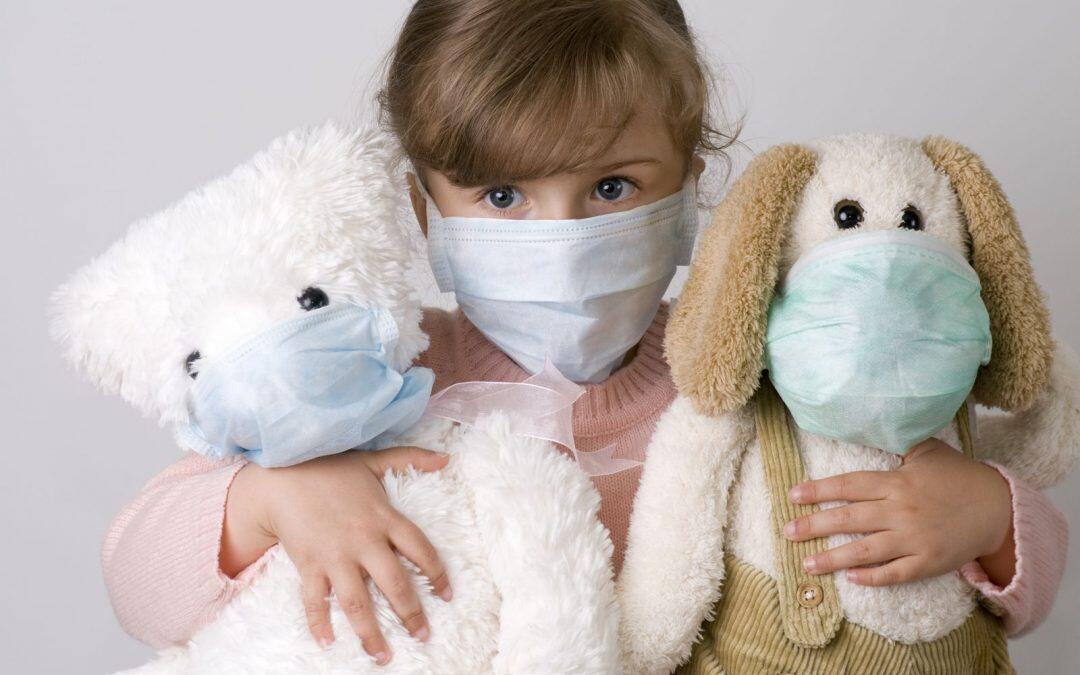After a long day in the polluted outdoor environment, we finally reach our houses thinking we are safe now. Sadly, this is not the case and our houses can no longer be our escape from pollution. Thanks to almost all items found in our houses for contaminating the indoor environments with toxic chemicals.
Several studies performed worldwide aimed to detect the chemicals people are exposed to in their houses, by sampling and analyzing house dust. To take these reports a step further, researchers at the George Washington University examined all the studies performed in the United States since 2000 and found out that US houses contain around forty-five (45) toxic chemicals. The research team grouped these 45 toxic chemicals into five different categories: phthalates, flame retardants, phenols, fluorinated chemicals and fragrances.
Phthalates
These are chemicals that provide plastics with flexibility and softness. They are used in numerous products, which explain why phthalates are the most common toxic chemicals encountered in houses. Products containing phthalates include cosmetics, personal care products (nail polishes, soaps, shampoos, hair sprays, perfumes, lotions, etc.), consumer products (food packaging, plastic wrap, shower curtains, etc.), wood finishes, detergents, glues, plastic plumbing pipes, lubricants, insecticides, medical devices, building material, vinyl flooring…
The health effects of Phthalates are still under inspection, yet it is known by now that some can cause cancer, and others result in adverse effects on human reproduction and development.
Flame Retardants
As the name applies, flame retardants make products safer by inhibiting or delaying the spread of fire. Furniture, nap mats, electronics, building materials, nail polish, many baby products, etc., are all examples of products to which flame retardants are added.
Flame retardants are capable of migrating out of the products they are added to; therefore they are more likely to enter our bodies, and among all other chemicals they have the “highest estimated intake”. These chemicals are linked to cancer, reduced IQ, obesity, in addition to reproductive and developmental problems.
Phenols
Phenols have a broad-range of uses. They are used in the synthesis of plastics, paints, textiles, wood preservatives, explosives, fertilizers, etc. Moreover, these chemical have various medical uses and they are utilized as topical anesthetics, anti-pruritic agents, chemical skin-peelers, and preservatives in vaccines, injectables and personal care products; adding to this, phenols are found in low concentrations in many over-the-counter (OTC) drugs. The list of products containing phenols continues, since they are used as disinfectants in household and consumer products such as mouthwashes, throat sprays, etc.
Any acute exposure scenario can result in systemic poisoning with effects on various body systems. Plus, long-term exposure to phenols causes adverse effects on the kidneys, liver and cardiovascular system. However, phenols are not classified as chemicals that induce cancer or reproductive problems.
Fluorinated Chemicals
Fluorochemicals are used in several products for making them resistant to high-temperature, stains, water, oil and grease. Consequently, carpets, clothes, food packaging, heat-resistant non-stick pans (Teflon pans) and insulators of electrical wires, are all examples of products containing fluorochemicals.
The health effects of exposure to fluorochemicals are still vague. The available studies suggest a positive correlation between fluorochemicals in blood and the risk of high blood pressure and high cholesterol levels. Also, the liver seems to be the most sensitive organ, where several studies stated that liver damage can occur as a result of exposure to these chemicals. Yet, there is no clear answer on whether cancer development can result from exposure to fluorochemicals.
Fragrances
Fragrances are not limited to perfumes and air fresheners, since they are added to a huge number of products such as shampoos, soaps, cosmetics, candles, toys, laundry and household products. Nevertheless, even good smelling products pose hazards on human health, and scents are dangerous.
Unfortunately, scant information is available about the health hazards of secret chemicals in fragrances since their safety has not been assessed yet. Studies on some of the known chemicals in fragrances, state that several chemicals contribute to the development of allergies and skin disorders, while others have hormone-disrupting properties. Also, the major concern is for people who are chemically intolerant to scents and as a consequence can suffer from depression.
Don’t Panic, Just Rub the Dust
When discussing indoor contamination, the main concern is directed towards developing children since they are more likely to ingest and inhale chemicals in house dust; they crawl, touch things and place their hands in their mouths continuously. So, how can we protect ourselves from indoor contamination?
To minimize exposure to indoor toxic chemicals, few simple steps can be carried out. First, dust your houses regularly, by using vacuum cleaners with HEPA filters instead of traditional feather dusters. Second, regularly wash your hands to get rid of the indoor chemicals that can find their way onto your hands. Ultimately, more researches must be conducted to detect whether there are other chemicals hiding out there, and to aid in the generation of new synthesis schemes that prevent the escape of chemicals into the environment.











